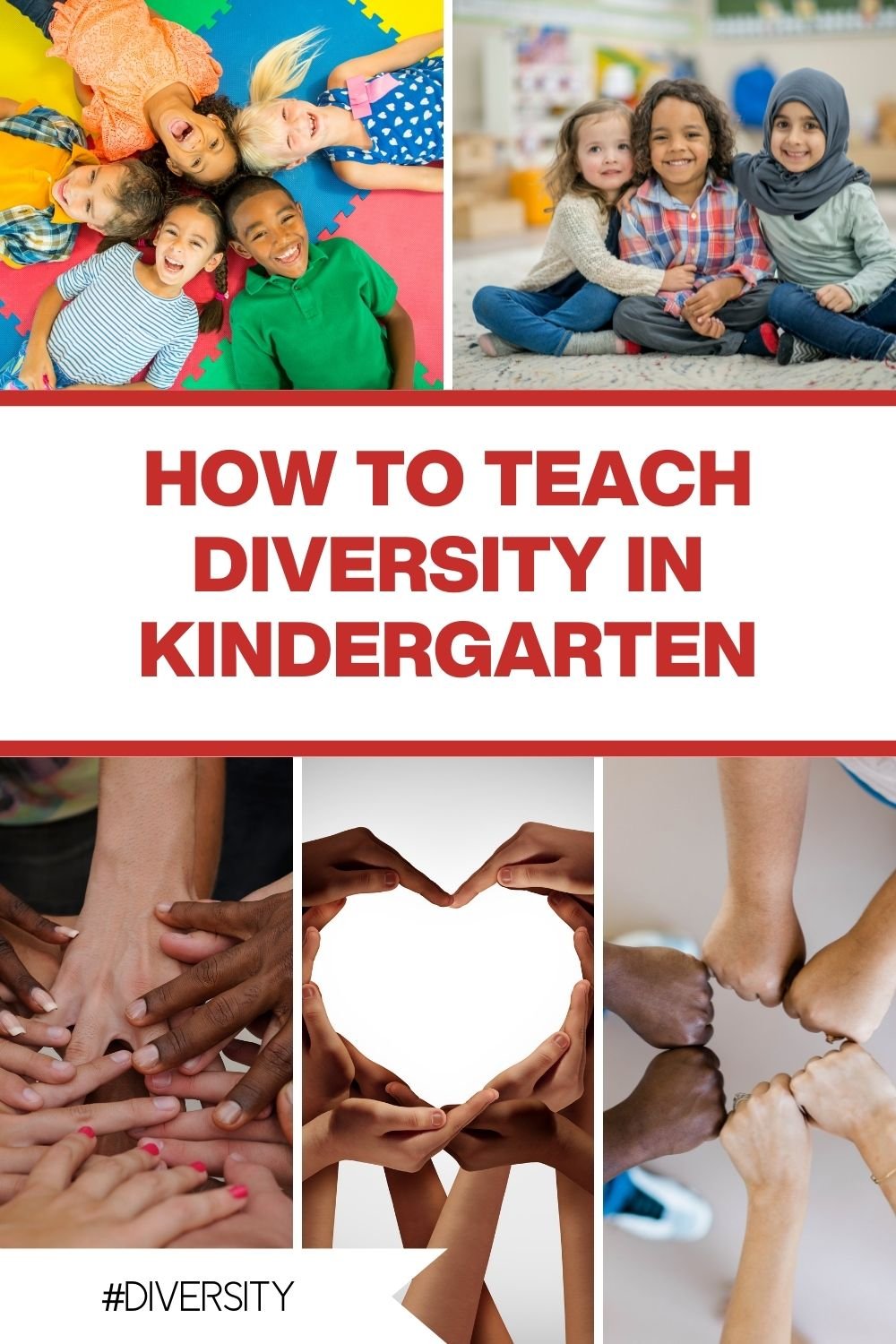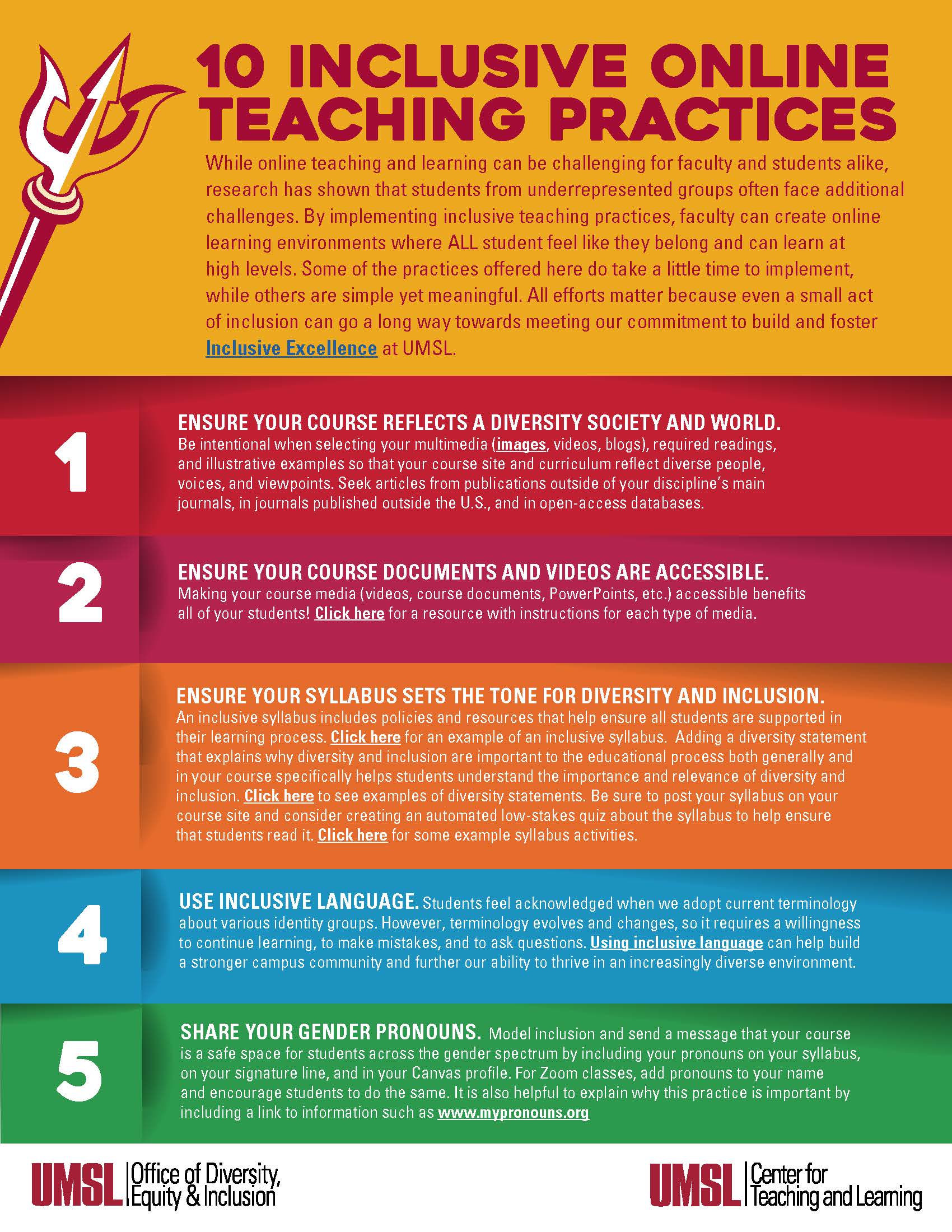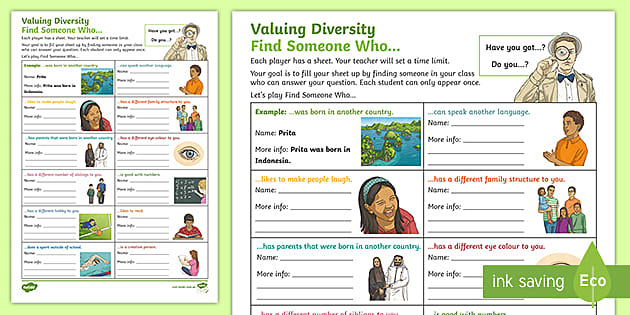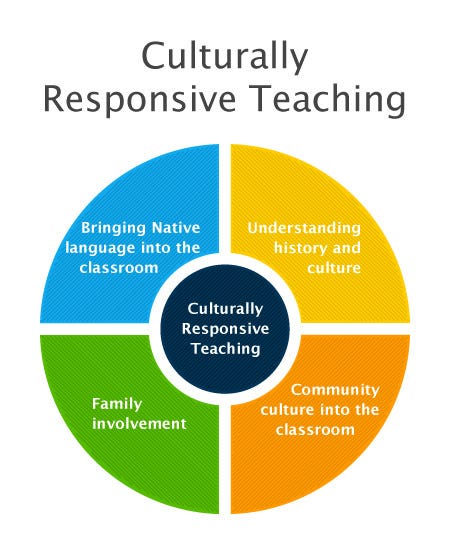Beautiful Work Tips About How To Teach Diversity
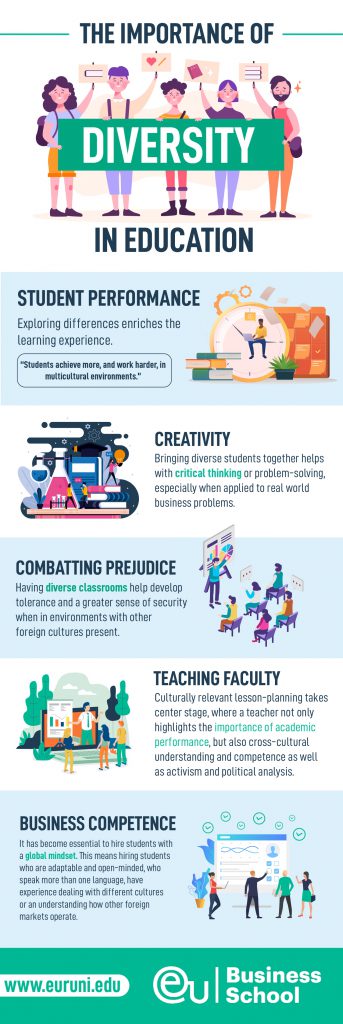
Ways to teach diversity to children 1.
How to teach diversity. Encourage them to come to you with any questions or concerns, and work with them to promote diversity. Strategies to bring diversity into the classroom. Make the effort to provide toys and stories and superheroes from diverse backgrounds.
We looked at why it’s important to teach it. Learning about diversity can be fun. Teaching for equity allows the differences to.
As instructors in diverse classrooms get to know their students' strengths and needs, they become more flexible and adaptive to different learning styles. This enables better facilitation and exchange of ideas and feedback if you're teaching diversity within a large. Talk openly with your children.
The researchers also attempted to explain how this style of teaching helped. Communicate your vision and goals for the school to your teachers. How to explain diversity to a child children start learning about diversity by identifying what makes them unique.
Teaching diversity teaching diversity these resources on teaching diversity are designed to support educators who engage in discussions of cultural pluralism in the classroom. Exposing children to material which. Provide your child with crayons and colored pencils that represent all skin.
Teaching for diversity refers to acknowledging a range of differences in the classroom. The activities in this publication can help participants: Lucky for us, both the bc social studies curriculum and.
The following are important first steps to help your children value, understand and accept our diverse and wonderful world. The words we use in. Assess the class, delve deeper,.
Including diverse learning and teaching material is one way to bring diversity into the classroom. How can these activities boost understanding of diversity? Books are some of the best outlets for learning about the world.
Promoting diversity in the preschool classroom: Have students celebrate diversity by allowing students to lead classroom lessons about their own cultures (or parts of their own culture). They found that both collaborative work and making math socially relevant, and in particular the.
Teaching for inclusion signifies embracing difference. By understanding your own cultural biases you can be more aware of your perspective and choices, and help other students do the same. Encourage children to bring in.
